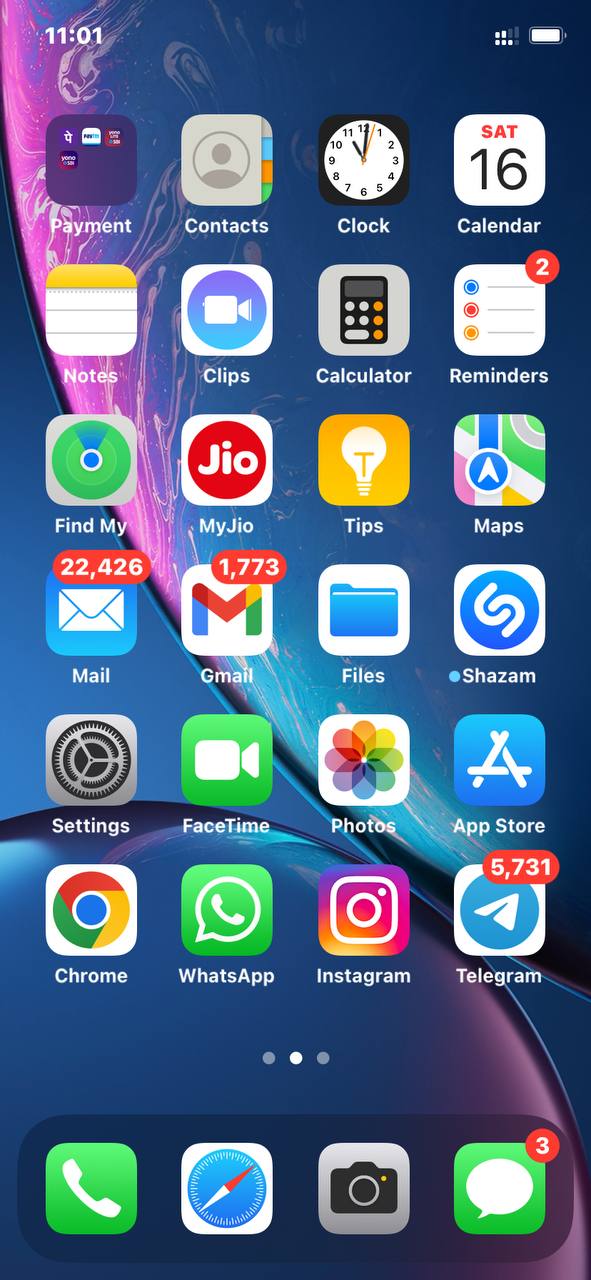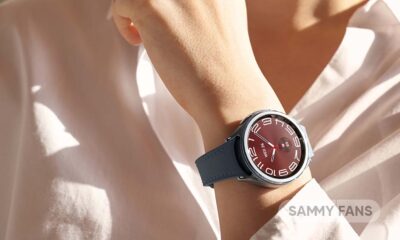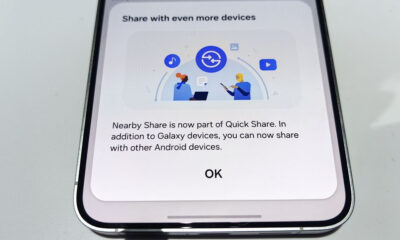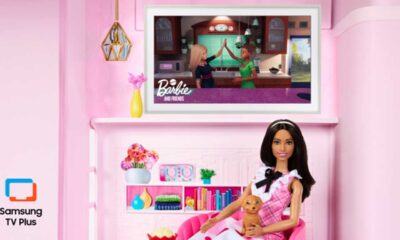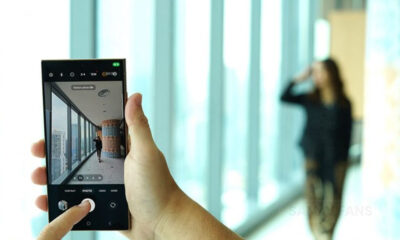Comparison
Home Screen Icons: One UI 4.1 vs Android 13, iOS 15, OxygenOS 12, MIUI 13, ColorOS 12, EMUI 12
Samsung One UI 4.1 is the latest version of its Android 12-based custom skin for Galaxy devices. Over the parent One UI 4.0, the 4.1 iteration of One UI equips significant performance improvements as well as additional features as part of further enhancing the user experiences. However, we are conducting a Home Screen Icons comparison.
Samsung’s bringing powerful multitasking capabilities with the Galaxy devices such as the Edge Panel and bottom bar gestures. Meanwhile, the Home Screen is the most useful function on your smartphone as you access various apps and services. Here, we are going to compare One UI 4.1 Home Screen Icons with every rival.
Join SammyFans on Telegram
Android 13 – Home Screen Icons
Android 12 is the latest “stable” version of Google’s mobile platform. Almost all the OEMs are providing the Android 12-based skins to their devices. However, we have the home screen icons appearance of the upcoming Android 13 OS, thanks to the Developer Preview program.
The Pixel phones feature Pixel Launcher for the home screen settings and customization. Talking about home screen icons, the Android 13 offers circular icons on the home screen above the Google Search widget. Have a look at it in the screenshot mentioned below.
iOS 15 – Home Screen Icons
While Apple is going to introduce the 16th generation of the iOS operating system for its iPhones, iOS 15 is powering almost all iPhones globally. On the home screen, you can find the favorites apps tray with a transparent background appearance, while the icons are placed in a comparatively bigger form factor – squarish with rounded corners.
OxygenOS 12 – Home Screen Icons
OnePlus introduced the Android OS 12-based OxygenOS 12 for its devices last year. This custom skin is said to have the overall UI and features the same as the stock OS, which reflects on the home screen icons as well. In OxygenOS 12, devices have circular icons with a neat and clean appearance, check out below.
MIUI 13 – Home Screen Icons
MIUI 13 is yet another custom Android 12 skin, developed by Chinese phone maker – Xiaomi. Like Huawei, most of the so-called useful yet futuristic features are limited for consumers in China. Coming back to the topic, the MIUI 13 has the same home screen icons as the MIUI 12.5, which we can say is badly copied by Apple iOS.
ColorOS 12 – Home Screen Icons
ColorOS 12 is also based on the Android 12 operating system, introduced by Google. Similar to the Google Pixel smartphones, the ColorOS 12 offers circular icons on the home screen, while they are not entirely circular. At the same time, Oppo let users heavily customize the user interface.
EMUI 12 – Home Screen Icons
Although Huawei claims to be using its own grown HarmonyOS software on almost all devices, its availability has not crossed China’s boundaries. On the other side, Global Huawei devices are nowadays receiving the HarmonyOS-inspired skin called EMUI 12, which is reportedly based on the Android operating system.
Looks a lot similar to the iOS and One UI, the EMUI 12’s homescreen icons have a squarish form factor alongside rounded corners. By default, the apps’ arrangement is set to 4 icons in the favorites tray, while the above side icons feature their title as well.
One UI 4.1 – Home Screen Icons
One UI 4.1 is based on Google’s Android 12 operating system, bringing a unique experience to the Galaxy consumers. We’ve explored almost all the new features and changes, well, here, we’re talking about the home screen icons of the One UI 4.1 software system.
At the bottom, the One UI Home launcher brings a favorites tray, where you can put your most-used apps. Above the favorites tray, you can place your important apps such as social media, and banking/payments apps, which have their titles too.
The overall design of the One UI 4.1’s home screen icons is eye-catching, while talking about the form factor, they are neither wholly squarish nor circular. In addition, you can customize the home screen icons as per your need in order to take the most of your Galaxy.
Yep, I’m sure, you are still loving Samsung One UI 4.1’s Home Screen Icons. If not, let us know, which OEM’s Home Screen Icons you like the most through the comments section and social media.
Comparison
Samsung Galaxy A55 5G vs Google Pixel 7a – Battle of affordables
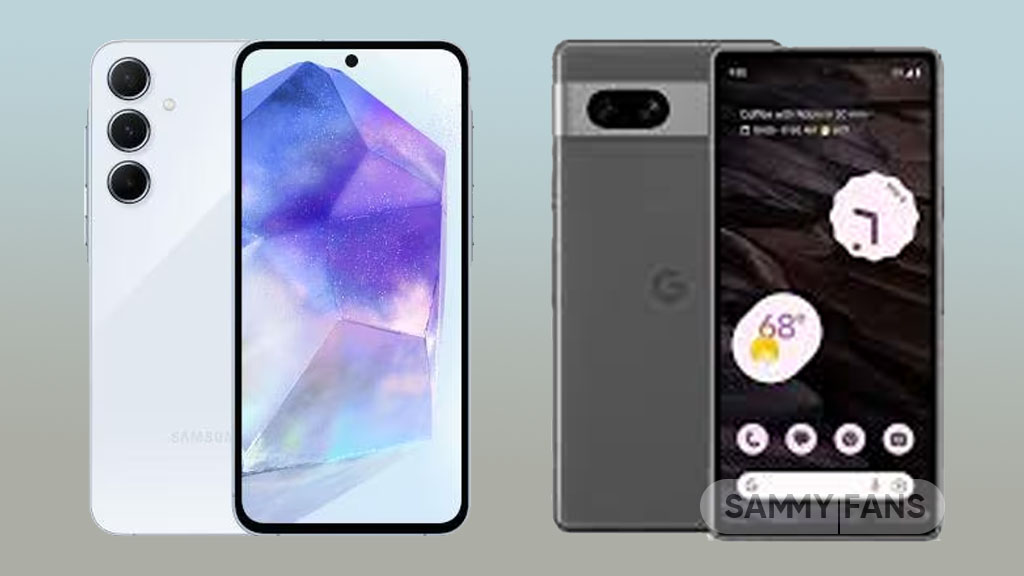
The smartphone market is growing constantly, and Samsung has recently released a new A series phone the Galaxy A55 5G, that can ultimately compete with the one launched back in 2023 by Google, yes, here we are talking about the Pixel 7a.
Samsung Galaxy A55 5G and Google Pixel 7a are two of the latest additions to the affordable segment. Both devices offer impressive features at a budget-friendly price point. So, just get ready to dive into the battle of the latest affordable smartphones.
In this article, we’ll compare these two smartphones and see how they stack up against each other in terms of design, performance, camera capabilities, battery life, and more.
Follow our socials → Google News | Telegram | X/Twitter | Facebook | WhatsApp
Samsung Galaxy A55 5G vs Google Pixel 7a
Display and Design
The Galaxy A55 5G looks sleek and stylish with its slim profile and glass back. On the other side, the Pixel 7a boasts a striking design with its matte finish and horizontal camera module. In terms of display, the Galaxy A55 5G features a Super AMOLED panel, while the Pixel 7a offers an OLED display.
Both devices provide immersive viewing experiences, the newly launched one offers a larger 6.6-inch display with 120Hz refresh rate. While the other one features a 6.1-inch screen with a 90Hz refresh rate.
Processor
Under the hood, the Galaxy A55 5G equips a powerful Exynos 1480 octa-core processor, with 8GB, 12GB RAM, and 128GB, and 256GB storage options ensuring smooth multitasking and lag-free performance. Whereas, the Pixel 7a is powered by a Google Tensor G2 chip paired with 8GB RAM and 128GB storage configuration.
Battery and Connectivity
In terms of battery, the newly launched Galaxy A55 5G is a real winner with support of a 5000mAh battery and 25W charging. As the Pixel 7a only offers a 4385mAh battery with 18W wired and 7.5W wireless charging support. Simultaneously, both devices support 5G connectivity and Bluetooth 5.3.
Camera
Now comes the photography section, for which the world is crazy, Samsung Galaxy A55 5G boasts a versatile triple camera setup consisting of a 50MP Main, 12MP Ultra-wide, and 5MP Macro lens. Whereas, Google’s Pixel 7a sport dual camera setup including a 64MP and 13MP Ultra-wide angle lens.
Software
In terms of software, the Galaxy A55 5G comes pre-installed on the latest Android 14-based One UI 6.1, but it lacks Galaxy AI capabilities. While the Pixel 7a arrived out of the box with Android 13, but it currently offers a pure and premium experience with the latest version of Android.
Color Options
Both devices offer a choice of four color options so that customers can select the one that suits their preference most. Like the Galaxy A55 is available in Iceblue, Lilac, Navy, and Lemon, while, the Pixel 7a is offered with Charcoal, Snow, Sea, and Coral colorways.

Comparison
Galaxy A35 Vs Nothing Phone 2a: Samsung leads 2024 mid-range segment

Looking to buy a new budget-friendly smartphone packed with ultimate features, functions, and capabilities, but getting confused between newly released devices – Samsung Galaxy A35 5G and Nothing Phone 2a?
If yes, then don’t think twice as Samsung leads the 2024 mid-range segment and you are at the right place because here we will discuss the design, display, performance, camera capabilities, and more aspects of both these devices, to help you decide which one is the perfect fit for you and deserves to be in your pocket this year.
Samsung Galaxy A35 vs Nothing Phone 2a
Design
Starting with the design, those who love a slim profile with premium build quality can go with Galaxy A55 5G while those who prefer to go with a minimalist approach and unique look can opt for Nothing Phone 2a. Both phones have remarkable appearance, so the choice depends on your personal preference.
Display
The Galaxy A35 5G offers a 6.6-inch Super AMOLED display with 1080 x 2340 pixels. While the Nothing Phone 2a features a bigger 6.7-inch AMOLED screen with 1084 x 2412 pixels. Overall, both device has the ultimate visual experience and smoother scrolling with a 120Hz refresh rate.
Performance
In terms of performance, the Galaxy A35 5G is powered by an Exynos 1380 processor to offer smooth multitasking and ultimate gaming, and seamless performance. On the other side, the Nothing Phone 2a features a MediaTek Dimensity 7200 Pro chip to perform your everyday tasks.
Camera
Talking about the camera capabilities, so the Galaxy A35 5G packs a triple-camera setup at the back including 50MP Wide Angle, 8MP Ultra Wide, and 5MP Macro lens to capture detailed and vibrant photos. While Nothing Phone 2a offers a 50MP dual camera, with 13MP and 32MP cameras on the front.
Battery and Software
The Galaxy A35 and Nothing Phone 2a both pack 5000mAh battery but one offers 25W fast charging, while the other provides the ultimate 45W charging support. In terms of software, the Galaxy A35 runs on Android 14-based One UI 6.1 custom skin, and, Nothing Phone 2a is powered on Nothing OS 2.5 software based on Android 14 OS.
Other details
Other details of both the phones are similar in some aspects like both are available in 8GB RAM with 128GB storage configurations, launched in March, support 5G connectivity, in display fingerprint scanner, and much more.
Follow our socials → Google News | Telegram | X/Twitter | Facebook | WhatsApp
In conclusion, both devices have their strengths and weaknesses, but as Samsung is known to deliver a more optimized experience to its users and elevated software update support as compared to Nothing Phone 2a, so we recommend users to go with the Galaxy A35 5G and the rest of the choice is all yours.

Comparison
Samsung Galaxy A35 vs Nothing Phone (2a): Specs Comparison

Samsung Galaxy A35 which will be unveiled on March 11 is expected to come with several sophisticated features, while Nothing Phone (2a) has already made its splash in the market with attractive design. So let’s have a quick specs comparison of the newly released Nothing Phone (2a) and the upcoming Galaxy A35.
To be mentioned, both these devices come under the budget segment, attracting a range of consumers who want prominent capabilities but don’t want to spend a big amount. So, let’s dive into the details and see how these two devices stack up against each other in the battle for the best affordable phones.
Samsung Galaxy A35 vs Nothing Phone (2a) – Specs Comparison
Samsung Galaxy A35 5G is expected to equip a 6.6-inch FHD+ display, while the Nothing Phone (2a) features a larger 6.7-inch FHD+ screen with 120hz and peak brightness of 1650 and 1300 nits respectively. Moving on, the Galaxy A35 boasts Exynos 1380 chip while, Phone (2a) packs Dimensity 7200 Pro.
In the photoholic users, the Galaxy A35 offers a triple camera setup consisting of 50MP, 8MP, and 5MP sensors, Whereas, the Nothing Phone (2a) includes a 50MP wide and 50MP ultra-wide dual camera. The newly released device comes with a Plastic body, while the upcoming will have Gorilla Glass Victus+ at the back.
Other than these there are some more aspects which make both the devices a good contender in the affordable market. Lastly, the Galaxy A35 5G is expected to be priced at €379, while, the Nothing Phone (2a) carries a price tag of €319 in Europe.
Follow our socials → Google News | Telegram | X/Twitter | Facebook | WhatsApp



